Table of Contents
- Understanding Digital Simulations
- Example of Digital Simulations in an Academic Setting
- Benefits of Digital Simulation for Students
- Experiential Learning
- Teamwork Skills
- Repetition of What they Have Learnt
- Benefits of Digital Simulation for Teachers
- High Engagement from Students
- Personalized Teaching
- Data Collection
- Professional Development
- Benefits of Digital Simulation for Libraries
- Benefits for Parents
- Benefits of Digital Simulation for Educational Institutes and Policymakers
- How to Create Digital Simulations?
- Challenges and Solutions
- Common Challenges
- Proposed Solutions
- Conclusion
Researchers have noticed that students entering the workplace don't have the necessary skills to solve real-world problems. They are not ready to make decisions in ambiguous and uncertain situations because teachers are focusing more on theory than application.
To solve this issue, educators introduced simulation models in the classroom. It started with simple simulation models that were not as beneficial as they should be. But, digital tools have made them modern and informative for every student. You must want to know about it so we are going to discuss it in detail in this blog.
Understanding Digital Simulations
A simulation is an implementation of a model that demonstrates how a specific phenomenon and subject will behave in real life. It provides deep analysis and insights into complex systems across various industries.
Business schools started practicing simulation as early as the 1950s. Before it, case studies were used to discuss different case scenarios but the issue with them was that they were static snapshots only. However, simulations allowed a testing environment for the students where they analyzed a situation and made decisions without implementing them. It encourages students to practice alternatives to any decision without fearing the results. In this way, they can test a phenomenon and act on it without the fear of any risk.
Now, digital tools are here so digital simulation is common. It uses computers and digital tools to provide 2D or 3D models of any project. Virtual reality allows students to be in any scenario or workplace and make decisions in them. It is different from linear modeling in Excel because it uses advanced algorithms and tools.
Example of Digital Simulations in an Academic Setting
Let's suppose a teacher wants to teach about different ecosystems to elementary kids. Digital simulation in the classroom can take kids to rainforests, deserts or coral reefs. They can observe plants and animals there, and how different factors such as rain and sunlight impact the growth of plants.
Benefits of Digital Simulation for Students
Experiential Learning
Digital simulations allow students to gain real-world experience as they can make decisions and experiment with different projects. They can make various decisions without any fear of failure. It will give them experience in how to deal with real-world issues that can benefit them in their professional life.
Teamwork Skills
Different researchers have reported that students develop teamwork skills while they are doing digital simulation projects. Because they need to collaborate to understand different roles and aspects of any project.
Repetition of What they Have Learnt
The spaced repetition technique enables students to perform better. It also allows them to keep learning at their own pace and building their skills throughout their life. But, simple repetition of the content is boring. So, students can use digital simulation models to repeat the content they learned in the classroom or during their course.
Benefits of Digital Simulation for Teachers
High Engagement from Students
Digital simulations allow a hands-on experience that is different from traditional classroom learning. So, it will enhance the engagement of students. In this way, they will be more than eager to participate in the learning. This motivation and high participation will improve their academic record.
Personalized Teaching
In inclusive classrooms, teachers face the issue of addressing the personal learning styles of students. There are students with learning and physical disabilities in the classroom. Some pupils learn from different methods such as visual and auditory methods. To address all of these needs can be hard for teachers. However, digital simulation has made it easy because teachers can add various aspects to a digital project or can provide different models to different types of students.
Data Collection
The digital simulation projects can provide insights and data into the performance metrics of kids. It provides them with an overview of where the learner needs additional support and training.
Professional Development
Teachers can use digital simulation projects for their professional development too. For example, they can go into a virtual classroom where there are different kinds of learners. They can experiment with different strategies in the virtual classroom to see which strategy will work in the real scenario.
Benefits of Digital Simulation for Libraries
Libraries can use digital simulation to provide students with a better learning experience. There can be digital simulation projects in the library that can attract a vast number of students. It will help libraries in stepping into the digital world.
Moreover, they can add digital simulation projects on their websites so that students can access them from anywhere. This will allow libraries to add a vast number of resources to their catalog.
Benefits for Parents
Parents can also benefit from digital simulation as they can give enhanced learning experiences to their kids. There are various projects for preschoolers too that will teach essential skills to them in an interactive way. Moreover, it will enhance the motivation of the teenager which will improve their academic record and understanding of the world around them. Parents can utilize all of these for the better future of their kids and to remain involved in their learning.
Benefits of Digital Simulation for Educational Institutes and Policymakers
Digital simulation allows institutes to add tech elements in their classrooms and revolutionize the learning experience of their kids. It is more cost-effective than physical simulation so it can save a lot of resources and funds for schools. Moreover, it allows students to do experiments in a safe environment so there is no risk and fear in digital simulation. As students will remain motivated due to it, there will be an enhanced academic record of the school. With it, it helps policymakers to make case studies interactive in the curriculum.
How to Create Digital Simulations?
There are various types of tools and platforms for digital simulation. Institutes and teachers can select from them according to their needs and budget. Because some tools require more money than others. You can select from digital simulation software, game-based interactive platforms, virtual reality and augmented reality tools and programming tools.
Some examples are Foxar, Simformer, Labster, CoSpaces Edu, Google Expeditions, Kahoot, Quizizz, Merge Cube, Classcraft, Scratch, Python and Unity.
Challenges and Solutions
Common Challenges
Researchers have pointed out the resistance from students who are accustomed to traditional learning. Moreover, lack of resources and funds and technical errors are other issues related to digital simulation. Some also have noticed that students feel overwhelmed due to the use of a lot of digital simulation projects in the classroom.
Proposed Solutions
Institutes can collaborate with NGOs and tech entrepreneurs to get funds and technical support from them. There are a lot of tools that demand less price and effort so institutes can use those tools in place of expensive ones. Moreover, they should provide training to teachers to deal with students during digital simulation projects. Researchers have found that the higher the level of interactivity in the digital simulation project, the higher the level of learning. So, institutes should keep it in mind when creating the digital project.
Conclusion
The University of Central Florida sees 20 percent enhance learner performance due to digital simulations. It shows the importance and effectiveness of digital simulation in a student's life. So, educational stakeholders should take certain steps to make it a part of the curriculum.







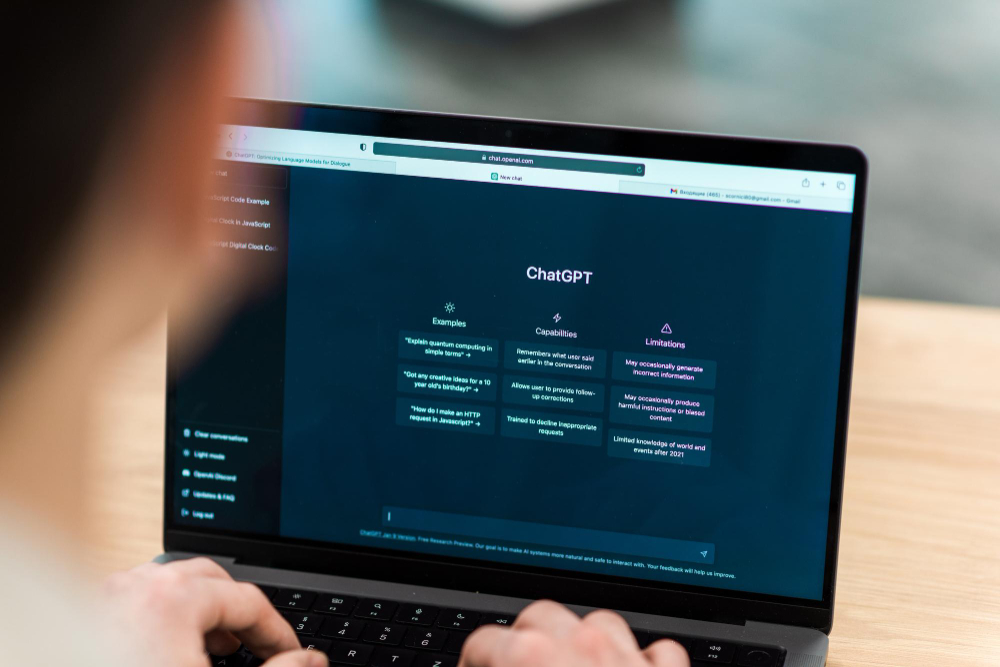












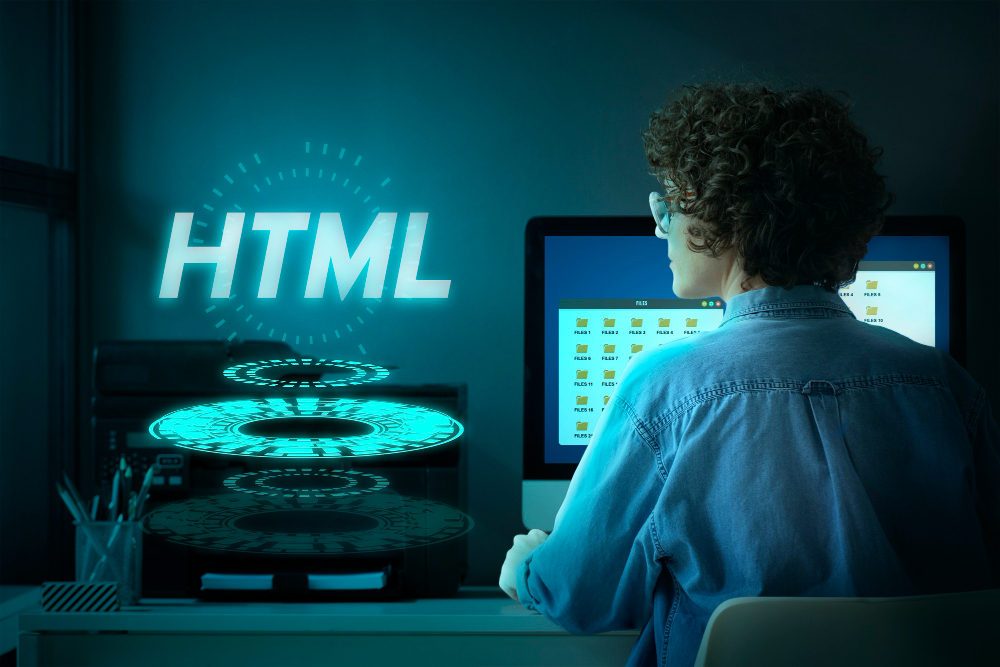

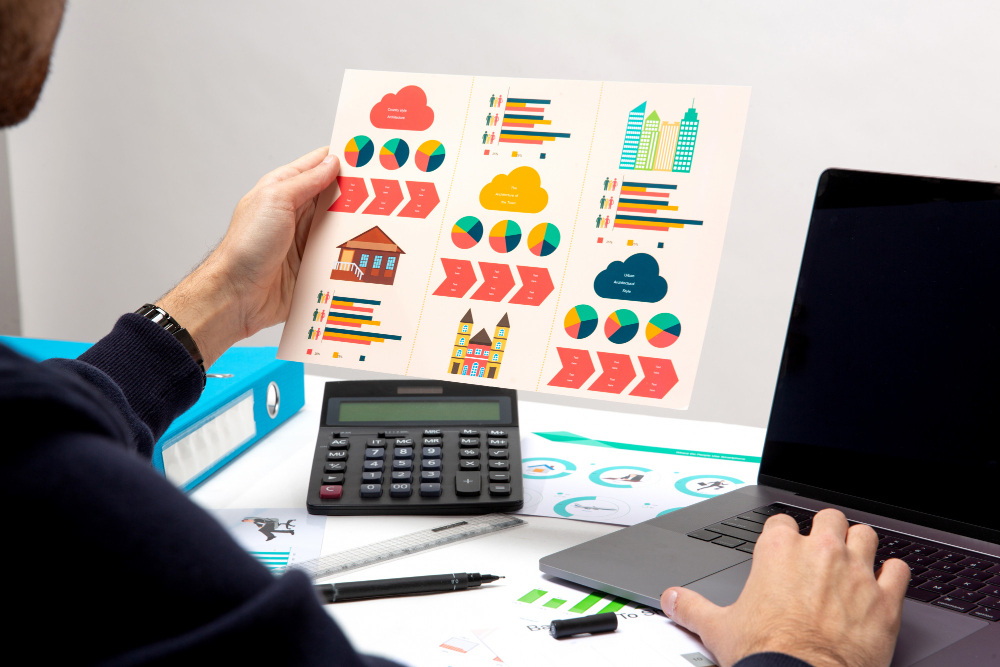
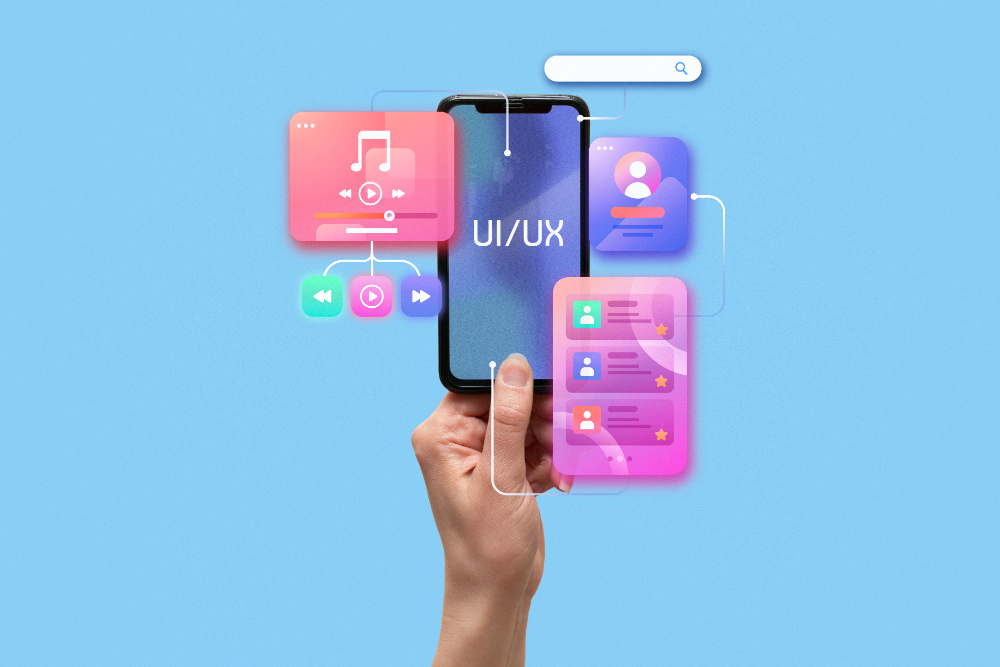



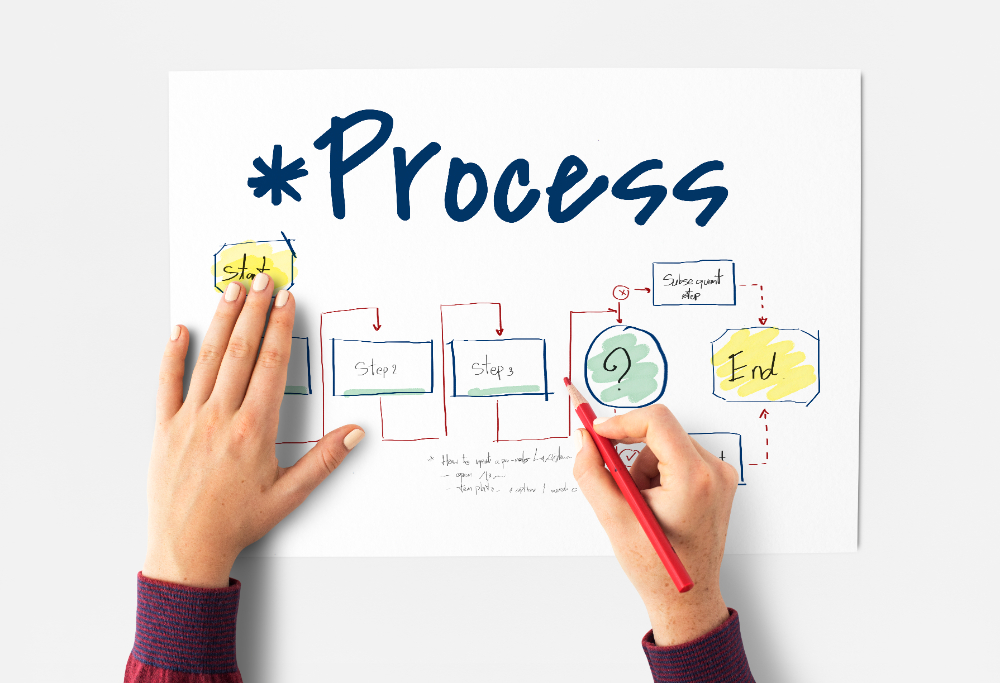





Comments are closed.